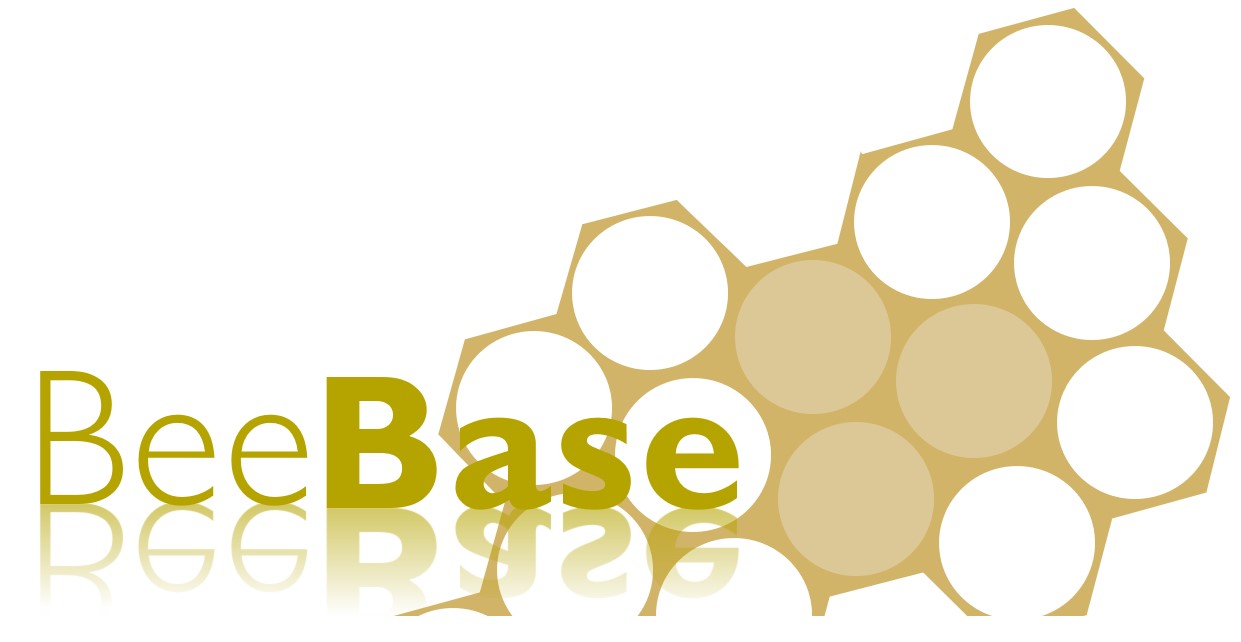The BBKA and its member associations have set up an AHT scheme to work in partnership with the NBU in combating the Asian hornet. Details of this scheme can be found on the BBKA website on the Asian hornet team map page.
There are 5 areas where beekeepers should focus their efforts in order to increase the effectiveness of an Asian hornet response and these are detailed below:
1. Raising Awareness with the Public and Beekeepers
All beekeepers should be aware of what the Asian hornet is and how to identify it. To help achieve this, the Non-native Species Secretariat (NNSS) have produced an Identification sheet with the key features of Asian hornet and other insects which are commonly mistaken for Asian hornet. There is also a 1 sided A4 poster targeted at members of the public to raise awareness at risk points such as ports, timber yards and areas where Asian hornet nests have previously been found.
Both the ID sheet and Poster can be downloaded from the Asian hornet page on BeeBase or physical A4 copies can be ordered from the NBU Office using the General Enquiries email address on our Contacts page.
All beekeepers should monitor for the Asian hornet in their apiaries by looking for hornets feeding on nectar or predating other insects on flowering plants. Additionally, they should monitor hive entrances for hawking behaviour.
In the winter months, nests in deciduous trees may become visible and any suspect Asian hornet nest should be reported (with a photograph) through the Asian Hornet Watch app for Android via Google Play and for IOS via Apple ITunes, the Online Notification Form or the Non-native Species Secretariat email address alertnonnative@ceh.ac.uk.
Associations should also encourage their members to sign up to BeeBase and ensure their contact and apiary details are up to date.
2. Monitoring and Trapping
During late summer all beekeepers should be on the lookout for the Asian hornet in their apiaries by looking for hornets hawking at the front of bee hives or feeding on nectar or other insects on nearby flowering plants.
Monitoring traps can be used in the spring or late summer. A fact sheet on how to make an Asian hornet monitoring trap is available in the 'Monitoring for the Asian Hornet' section of the main Asian hornet page of BeeBase.
If beekeepers are hanging out traps in their apiaries, they should be encouraged to use the Asian hornet trap recording feature on BeeBase. Information on how to use this can be found on page 9 of this Asian Hornet Trap Tick Box FAQ.
3. Following up Leads
Many Asian hornet leads that are received do not contain a photograph or an accurate description to warrant a follow up by a Bee Inspector. However, these sightings are sent an email with guidance on how to obtain a specimen and photo.
The British Beekeepers Association has set up an AHT map (see the link above) allowing members of the public to find local beekeeping branches with AHT coordinators to help assist with their sighting.
Associations/AHTs can help by ensuring their contact numbers are up to date on the BBKA website. AHTs can also follow up leads from members of the public and aid them with identifying and obtaining a specimen and photograph. As mentioned in section 1 above, photos should be sent in through the Asian Hornet Watch app or by emailing Non-native Species Secretariat, with physical samples sent to the NBU using the instructions on the bottom of the So you think you’ve seen an Asian hornet? page of BeeBase.
The help of AHTs will improve the quality of credible leads and as a consequence will improve triaging and allow the NBU to focus on searching for and destroying nests.
4. During an Asian hornet Contingency Response
When a contingency response is initiated alerts will be sent out from BeeBase via the News Feed and email alerts are sent to the relevant county to increase awareness and the local association(s) will be contacted.
AHTs can support the NBU in a number of ways:
- By monitoring and setting up traps in their own apiaries;
- By assisting other beekeepers (who request it) in the monitoring of their apiaries and the setting up of traps;
- By recording the use of traps in apiaries on BeeBase as previously described;
- By observing local forage for Asian hornet activity;
- By reporting all leads as described above.
5. Post Contingency Response
Once an Asian hornet nest is destroyed, NBU surveillance continues in the area to determine if other nests are present. This surveillance takes the form of apiary and forage site visits and the monitoring of traps. Surveillance can be supported by AHTs through continued monitoring of traps in their apiaries and the recording of this activity on BeeBase by editing the apiary record, as described on page 9 of the Asian Hornet Trap Tick Box FAQ (see link above).
